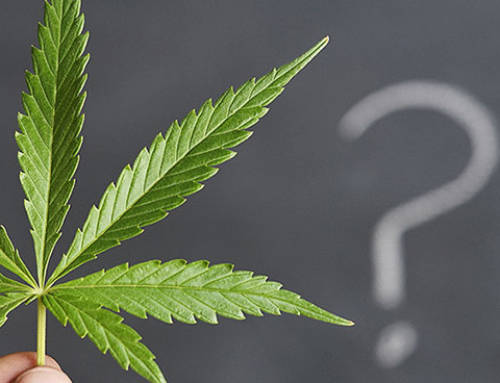Bell’s Palsy
Bell’s Palsy, or idiopathic facial paralysis, is a form of facial paralysis resulting from a dysfunction of cranial nerve VII (the facial nerve) that results in the inability to control facial muscles on one side of the face. Bell’s palsy is defined as an idiopathic unilateral facial nerve paralysis, usually self-limiting. The hallmark of this condition is a rapid onset of partial or complete palsy that often occurs overnight. In rare cases (1%), it can occur bilaterally resulting in total facial paralysis. It is thought that an inflammatory condition leads to swelling of the facial nerve. The nerve travels through the skull in a narrow bone canal beneath the ear. Nerve swelling and compression in the narrow bone canal are thought to lead to nerve inhibition, damage or death. Often the eye in the affected side cannot be closed. The eye must be protected from drying up, or the cornea may be permanently damaged resulting in impaired vision.
Bell’s Palsy is the most common form of acute mononeuropathy (a disease involving only one nerve) and is the most common cause of acute facial nerve paralysis; unfortunately, the direct cause of Bell’s Palsy remains undefined. Some speculate a virus might be at the root of Bell’s; specifically, a type of herpes infection called herpes zoster. Other conditions that may cause Bell’s palsy include: HIV infection, Lyme disease and middle ear infection.
Symptoms
Sometimes you may have a cold shortly before the symptoms of Bell’s palsy begin. Symptoms most often start suddenly, but may take 2 – 3 days to show up in full force. The main symptom is a sudden weakness or paralysis on one side of the face that causes it to droop. Symptoms are almost always on one side only. They may range from mild to severe. The face will feel stiff or pulled to one side, and may look different. Other symptoms can include: Difficulty eating and drinking; food falling out of one side of the mouth or drooling, inability to close one eye, problems smiling, grimacing, or making facial expressions, twitching or weakness of the muscles in the face, dry eye or mouth, headache and/or loss of taste.

Treatment
Corticosteroids have been found to improve outcomes, while anti-viral drugs have not. Early treatment is necessary for steroids to be effective. Most people recover spontaneously and achieve near-normal to normal functions. Many show signs of improvement as early as 10 days after the onset, even without treatment; however, it may take weeks or even months for the muscles to get stronger, and this may be frustrating. Your health care provider may give you lubricating eye drops or eye ointments to keep the surface of the eye moist if you cannot close it completely. You may need to wear an eye patch while you sleep. Surgery to relieve pressure on the nerve (decompression surgery) is controversial and has not been shown to routinely benefit people with Bell’s palsy.
The goal of the treatment is to eliminate the source of the nerve damage. Patients with less nerve damage have better chances of recovery. If infection is the suspected cause, then an antibiotic to fight bacteria (as in middle ear infections) or antiviral agents (to fight syndromes caused by viruses like Ramsay Hunt) may be used. If swelling is believed to be responsible for the facial nerve disorder, steroids are often prescribed.
Physiotherapy can be beneficial to some individuals with Bell’s palsy as it helps to maintain muscle tone of the affected facial muscles and stimulate the facial nerve. It is important that muscle re-education exercises and soft tissue techniques be implemented prior to recovery in order to help prevent permanent contractures of the paralyzed facial muscles. Muscle re-education exercises are also useful in restoring normal movement. To reduce pain, heat can be applied to the affected side of the face. In individuals with unresolved facial nerve paralysis, transcutaneous electrical stimulation can be an effective treatment strategy (TENS).
Cannabis for the Treatment of Bell’s Palsy
Observations by doctors show in Bell’s Palsy that there is inflammation and edema of the affected facial nerve at the level of the geniculate ganglion. Endocannabinoids can play an important role in regulating this inflammation process. One good treatment protocol might be a combination of full spectrum hemp oil and an THC infused crème ointment, which would not be intoxicating.










